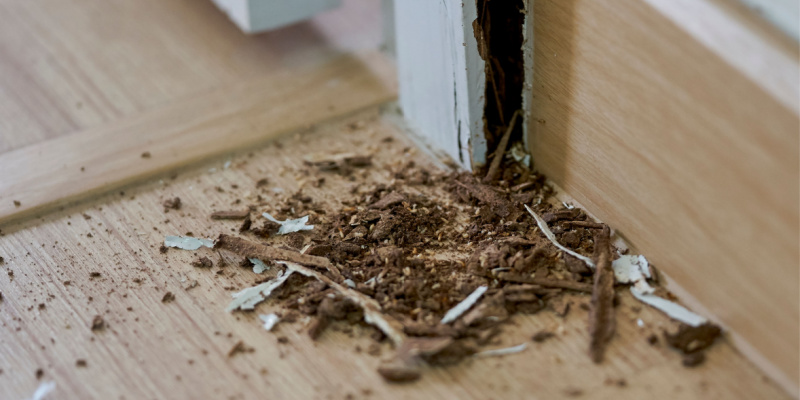Homeowners in Cincinnati face a hidden threat that can silently destroy their property—termites. These tiny pests are responsible for billions of dollars in property damage each year across the United States. Unfortunately, many homeowners don’t realize they have a problem until extensive and costly damage has already been done. Taking preventive measures can save you thousands of dollars and the stress of major repairs. In this article, we’ll break down the financial impact of termite damage and explain why prevention is the best investment.
The True Cost of Termite Damage
The financial toll of termites varies depending on the severity of the infestation, how long it goes undetected, and the extent of structural damage. On average, homeowners spend between $3,000 and $8,000 on repairs, but in severe cases, costs can soar into the tens of thousands. Unlike other home damage issues, such as fire or storm damage, termite destruction is often not covered by homeowner’s insurance, making it an even greater financial burden.
Breakdown of Common Repair Costs:
- Structural Repairs: If termites compromise foundational wood, wall supports, or beams, repairs can cost upwards of $10,000.
- Flooring and Drywall Replacement: Termite-damaged drywall or flooring needs to be replaced, costing anywhere from $2,000 to $5,000.
- Furniture and Belongings: These pests don’t just attack your home’s structure—they can also damage furniture, books, and other wooden materials.
Why Prevention is More Affordable
The best way to avoid costly repairs is through proactive prevention. Regular inspections and treatments by Perfection Pest Control can keep termites at bay for a fraction of the cost of repairs.
Preventative Costs vs. Repair Costs:
- Annual Inspections: A yearly termite inspection typically costs between $100 and $300.
- Preventative Treatments: Professional termite treatments and monitoring systems can range from $500 to $1,500, depending on the size of your property.
- Barrier Treatments: Installing a termite barrier around your home’s perimeter can be a one-time cost of $2,000 but offers long-term protection.
Signs of a Termite Infestation
Early detection is key to minimizing damage and costs. Keep an eye out for these signs:
- Mud tubes along your foundation or walls
- Discarded wings near windows and doors
- Hollow or damaged wood
- Bubbling or peeling paint
- Frass (termite droppings) that resemble sawdust
If you notice any of these signs, contact Perfection Pest Control immediately for an inspection.
How Perfection Pest Control Can Help
At Perfection Pest Control, we specialize in comprehensive termite prevention and extermination services tailored to Cincinnati homeowners. Our team uses advanced treatment methods, including bait stations, liquid barrier treatments, and regular monitoring to ensure your home stays termite-free.
Final Thoughts
When it comes to termites, prevention is always the smarter financial choice. The cost of proactive treatment is significantly lower than repairing extensive structural damage. Protect your investment by scheduling an inspection today with Perfection Pest Control and ensure your home remains safe from these destructive pests.




